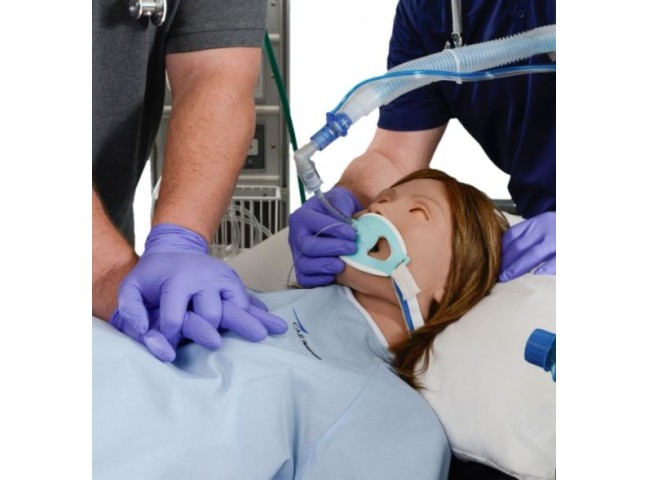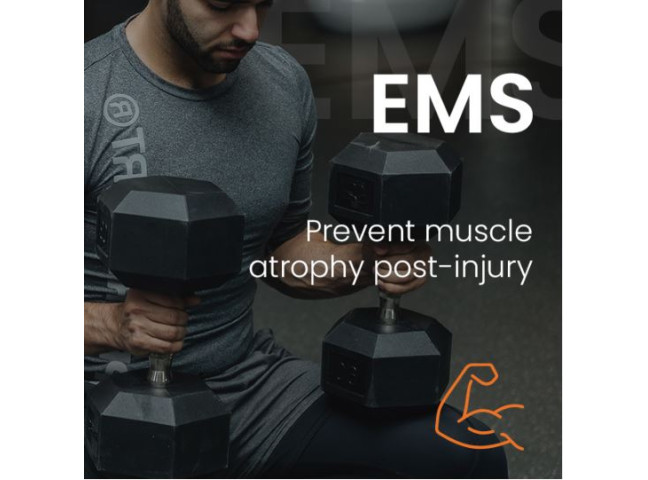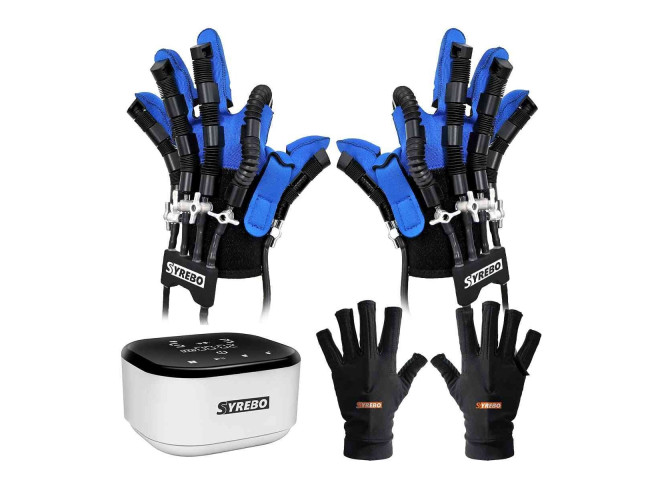To understand the role of the pulse oximeter in everyday life, we need to understand the importance of oxygen for humans.
Oxygen makes up 21 percent of the air we breathe. Oxygen is a vital gas for human beings, which is involved in the process of oxidation; without oxygen, the body cannot absorb the substances it needs for life. The oxygen in our lungs when we breathe in soon enters the bloodstream and reaches the tissues and organs of the human body through the circulatory system. The human body transports oxygen to the organs by filtering it through the lungs. Haemoglobin in the lungs binds the oxygen, carries it to the tissues and gives it away, picks up carbon dioxide and carries it to the lungs. When there is a lack of oxygen in the tissues, our organs cannot work fully. The lungs (which take in air), the heart (which pumps the blood) and the erythrocytes (which carry the oxygen) are all involved in the oxygen journey.
In a healthy person, the lungs and circulatory system are able to maintain normal levels of oxygen in the blood. At rest, the oxygen demand is lower, but with increased physical activity, the oxygen demand increases and the body compensates with increased breathing and heart rate. If at least one of the systems involved in oxygen circulation is compromised, respiratory failure, i.e. oxygen starvation in the body, gradually develops. Initially, shortness of breath occurs during exercise, then intensifies and is troublesome even at rest. Oxygen starvation affects all the organs: the heart deteriorates, memory is impaired and muscles weaken. Sometimes medication is not enough and oxygen therapy is prescribed.
The human body needs oxygen to survive, and must constantly replenish its oxygen supply. Oxygen is involved in various chemical reactions in the body and helps produce energy. Oxygen enables the body to live, move and think. Lack of oxygen interferes with cellular activity and eventually leads to cell death. Progressive cell death can lead to severe symptoms and eventually organ failure. Lack of oxygen leads to fatigue, impaired thinking and memory, a weakened immune system, various diseases, cancer and accelerated ageing. Oxygen is involved in various oxidation processes in the human body: it burns glucose and converts it into energy, protects the body against bacteria, viruses, fungi and parasites, and breaks down toxic cells and removes them from the body.
Oxygen saturation can decrease for many reasons, such as:
- Heart failure;
- diseases such as emphysema, lung cancer and lung infections;
- infections such as pneumonia;
- allergic reactions;
- sleep apnoea;
- inhalation of toxic chemicals, poisoning;
- general anaesthesia;
- etc.
If tests show that your blood oxygen level is greater than 60 mmHg or your saturation is greater than 90%, then there is no respiratory failure and you do not need oxygen treatment. However, if your oxygen level is lower, you need oxygen treatment.
The most common diseases are chronic obstructive pulmonary disease, interstitial lung disease, pulmonary hypertension, ischaemic heart disease and heart failure, asthma, obstructive sleep apnoea, pulmonary arterial thromboembolism, lung cancer or other tumour metastases in the lungs, and nervous system diseases.
What is a pulse oximeter and what is it used for?
A pulse oximeter is a device that measures the percentage of oxygen in haemoglobin proteins, called saturated oxygen. In simple terms, a pulse oximeter is a device designed to measure the amount of oxygen in the blood (SpO2) using photometric methods. Oxygen saturation indicates how much oxygen is entering the organs. It is a portable pulse oximeter for the non-invasive determination of functional oxygen saturation (SpO2) in human arterial blood and for the measurement of pulse rate. The device is small in size with an integrated finger sensor. Its exceptional mobility and functionality make it suitable for use in almost every situation where rapid and accurate measurement of arterial blood oxygen saturation and pulse rate is required. This can be done at home and in hospitals, during surgery, anaesthesia, intensive care, paediatrics, physical care and sports centres. Pulse oximetry has become very popular due to its ease of use. Pulse oximeters do not need to be calibrated and work accurately and reliably. Pulse oximetry is based on the absorption of light by tissues (tissue blood vessels), where light is scattered by haemoglobin from both arterial and venous blood, which is present in the tissues between the light source and the receiver. The most commonly used photodetectors are direct translucent. The simulator (finger phantom) consists of LEDs and photodiodes.The photodiodes shall receive the light emitted by the LEDs of the pulse oximeter and synchronise the simulator's beams to the pulse oximeter sensor. The LEDs shall shine red and infrared light intensities on the pulse oximeter sensor which correspond to the simulated SpO2.
How does the Pulse Oximeter work?
The pulse oximeter works on the principle of dual wavelength light absorption. When light shines through a relatively transparent part of the body, the light is transmitted to a detector on the other side. For example, when a pulse oximeter is used on a finger, one side of the clamp shines and the other side detects the light.
A small clip-like device is placed on the finger, earlobe or toe during a pulse oximetry reading. Small beams of light are passed through the bloodstream to measure the oxygen content. This is done by measuring changes in light absorption in oxygenated blood.
- The normal level of oxygen saturation is between 95 and 99 per cent. An oxygen saturation level of less than 90 per cent is considered abnormally low and can be a clinical emergency.
- The normal human pulse at rest is 60-90 beats per minute; a rapid pulse 81-99 k.p.m.; a frequent pulse ≥ 100 k.p.m. (tachycardia); and a rare pulse <60 k.p.m. (bradycardia).
How do I use the Pulsoxymeter?
Getting started with the OXY 3 Pulse Oximeter and getting your first results is very easy, it only takes a few seconds. Simply insert your finger into the opening of the pulse oximeter and observe the result.

Advantages of the pulse oximeter
The purpose of a pulse oximeter is to check how well your heart is pumping oxygen through your body.
It can be used to monitor any type of disease that can affect the oxygen level in your blood, especially when you are in hospital. These conditions include:
- Chronic obstructive pulmonary disease (COPD);
- asthma;
- pneumonia;
- lung cancer;
- anaemia;
- heart attacks or heart failure;
- congenital heart defects.
It is a versatile tool used in medicine, at home and in sports.
Pulse oximeters are useful for people with disorders that can affect oxygen saturation. For example, sleep specialists may recommend a pulse oximeter for monitoring sleep apnoea. Also, doctors use a pulse oximeter to assess the safety of physical activity in people with cardiovascular or respiratory conditions, or they may recommend that a person uses a pulse oximeter during exercise and monitors the readings themselves. The doctor may also use the pulse oximeter as a stress test.
Pulse oximeters are recommended for parents of young babies. These devices provide a way to monitor the condition of young babies, for parents concerned about Sudden Infant Death Syndrome (SIDS) and sleeping accidents, but no studies support the claim that they can prevent SIDS or sleeping accidents.
Pulse oximeters are often used to assess heart rate at rest and during exercise. Heart rate is a useful indicator of intensity and physiological adaptation of the body. Heart rate monitoring is an important component, particularly in cardiovascular fitness assessment and training programmes. Polar heart rate monitors have been developed to measure the heart rate of healthy people. They are designed to help people exercise safely and effectively.

There are many different uses for a pulse oximeter, including:
- to assess how well a new lung medicine works;
- assess whether anyone needs help breathing;
- monitor oxygen levels during or after surgical procedures requiring sedation;
- determine whether supplementary oxygen therapy is effective, especially when the treatment is new;
- assess the ability to tolerate increased physical activity.
Advantages of the pulse oximeter:
- Non-invasive;
- painless;
- accurate;
- Used for one-off testing and long-term follow-up;
- does not require special medical knowledge;
- simple and reliable.
What to expect with a pulse oximeter?
A pulse oximeter is a non-invasive device and does not pose any serious risks. However, some people experience minor irritation, including skin redness and sensitivity.
If the pulse oximeter is pressed and used for a long period of time, it can reduce the oxygen permeability of the blood vessels. With reduced oxygen permeability in the blood vessels, the person feels numbness, tingling or changes in skin colour. It is important to notify your doctor immediately if this happens.
The pulse oximeter does not provide warnings for all possible oxygen problems and cannot be a substitute for other forms of monitoring. People using pulse oximeters should keep a record of the readings and discuss any abnormalities with their doctor. Changes in readings may indicate health problems.
Questions?
If you have any questions, please contact Rehastar.com staff by phone on weekdays 08:00 - 17:00 or by email at any time and we will do our best to answer you as soon as possible.
Email: info@rehastar.com
Phone: +370 626 11553







